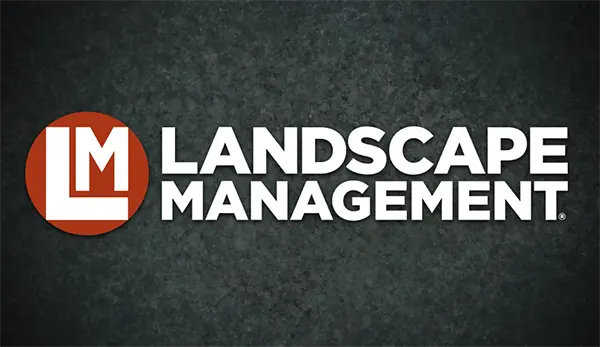Many landscape contractors go to conferences, read books and hire consultants, seeking the “silver bullet” that will make them instantly successful.
Many use the knowledge they acquire to develop great operational and administrative procedures, training programs, comprehensive safety programs, etc. But all too often, disappointment and frustration follow when they are unable to obtain the results they want.
I have seen a lot of companies invest loads of money trying to achieve results through trendy management processes like “Management by Objectives,” “Total Quality Management” and “Lean,” and all too often they do not achieve the financial and organizational improvements the business owners expected.
Many do a lot of things correctly: They invest in developing extensive short- and long-term plans annually. They make follow-up lists and charts. They pledge—and attempt—to stay disciplined and on track. Unfortunately for many, if not most, the wheels fall off their initiatives before they demonstrate sustained improvement.
Why does this happen? I think there’s one common, primary reason: accountability—or more specifically, the lack of organizational accountability.
Chain of command
The most-common reason for failure to hold people accountable is “chain of command” discipline—the ability to ensure everyone knows their roles and jobs to be done.
In an organization where there is accountability, a crew leader who allows an employee to work unsafely will face disciplinary actions at least as severe as those faced by the offending employee. If the safety oversight continues to happen, the crew leader’s supervisor also will face disciplinary action.
Too often, leniency is granted to tenured employees. Some, for example, are not sufficiently computer literate. It affects their performance, yet many organizations look the other way.
Truth be told, many organizations mold job descriptions to meet tenured employees’ skill levels, rather than mold the employees to meet their organizational needs. What’s the message here? Simple: We don’t hold our people accountable to perform their jobs.
While a lack of eye protection or computer training might seem like minor infractions, dig deeper and you’ll find they are symptomatic of a lack of overall accountability—and productivity. Once a company creates and enforces detailed policies and procedures, weaves pivotal responsibilities into each job description and disciplines to ensure compliance, good things start to happen and the organization starts to grow toward its potential.
Remember: Accountability must start at the top and permeate all levels. Equally important, there can be no “sacred cows.”
7 steps to better accountability
1. Develop a comprehensive business plan that clearly identifies the direction and objectives of your organization.
2. Create a comprehensive organizational policy with a well-defined organizational chart, detailed job descriptions and an embedded progressive discipline policy.
3. Implement a wage and salary policy that is based on skills and responsibilities.
4. Link incentive plans to the success of the business plan, detailing the pivotal duties and success attributes of each job description.
5. Perform an objective, non tenured-biased assessment of the strengths and weaknesses of all key personnel, as they relate both to their current roles in the company and their future potential roles.
6. Once completed, build a skill set improvement plan for each employee, including a development timeline.
7. Last but not least, implement a process for the systematic purging, reassignments, eliminations and replacement of pivotal employees. This also must include a recruiting strategy that ensures the building of an absolutely accountable team.

